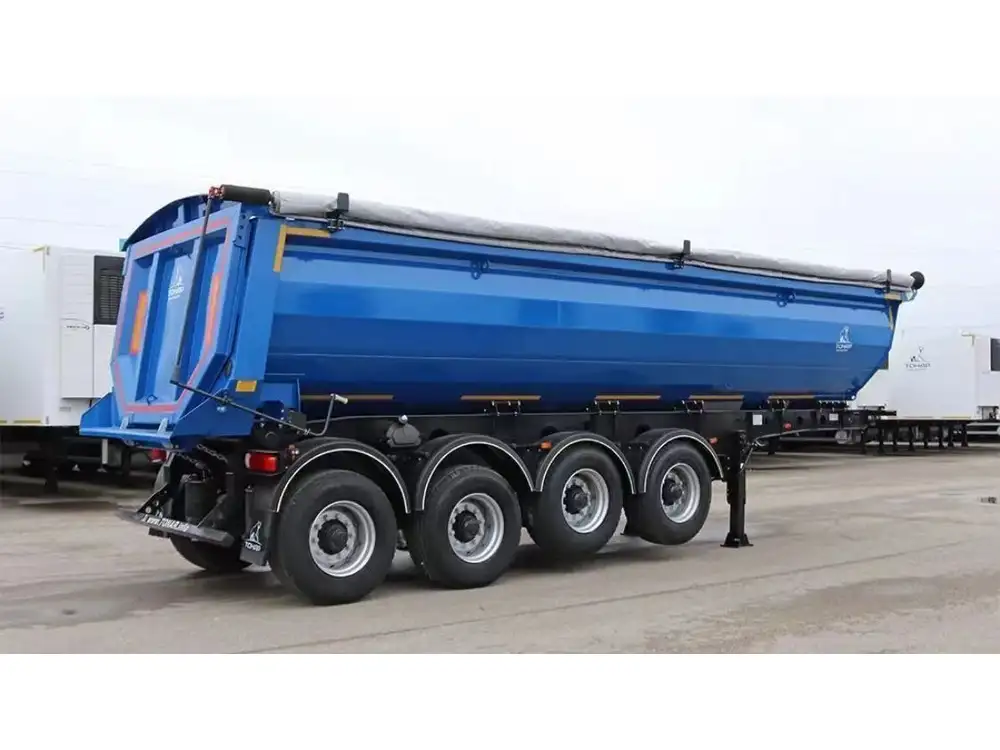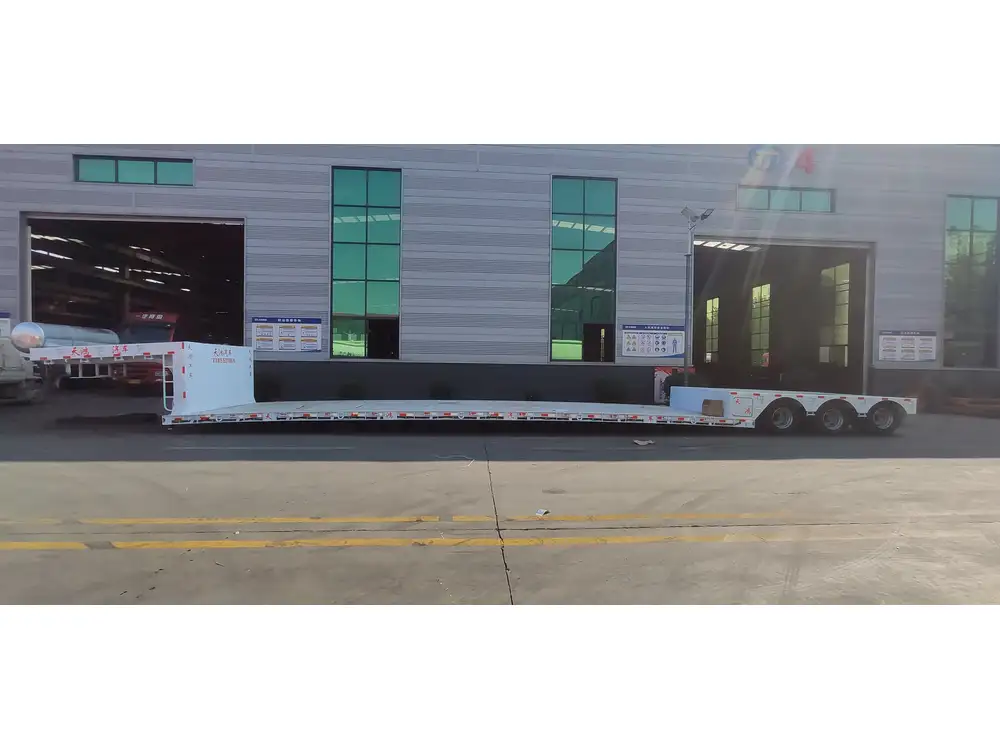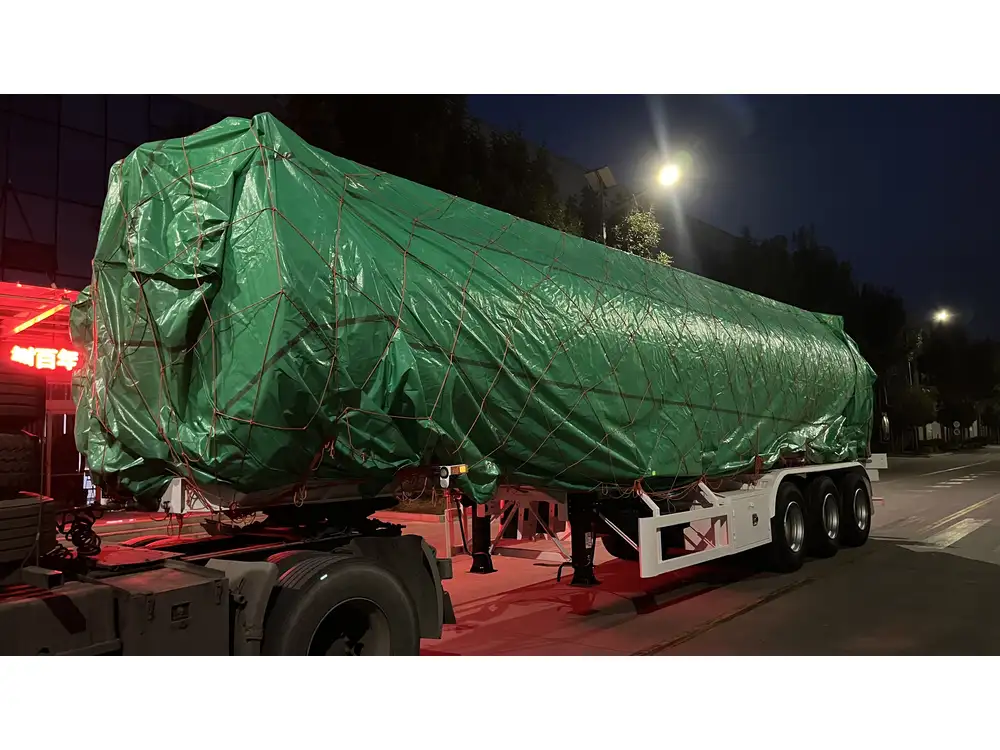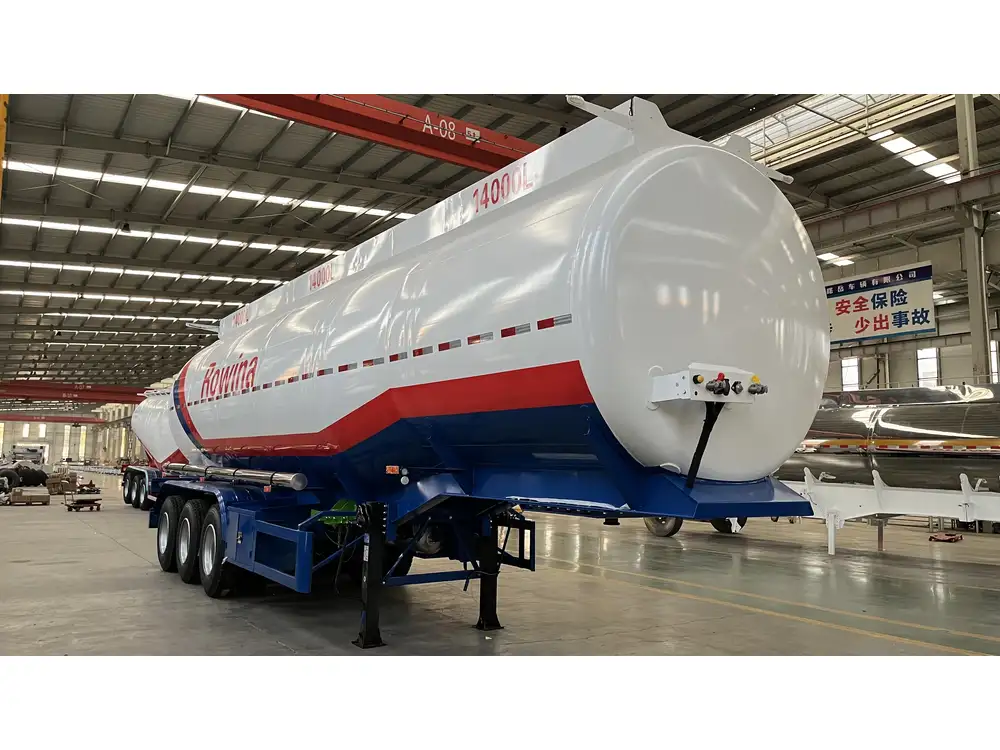What Is a 53-Foot Semi-Trailer Called?
In the transportation and logistics industry, a 53-foot semi-trailer is commonly referred to as a “53-foot trailer” or simply a “53-footer.” This specific type of trailer has become the standard length for over-the-road shipping in North America, particularly in freight transportation. Its ability to maximize cargo while adhering to regulatory dimensions makes it a preferred choice among truck operators and logistics companies alike.
The Evolution of the 53-Foot Semi-Trailer

A Brief Historical Overview
The 53-foot semi-trailer has its roots in the evolution of trucking and transportation in the United States. Initially, trailers were significantly shorter—around 40 feet in length. However, as the demand for more cargo space grew, particularly during economic booms, the trucking industry adapted by designing longer trailers.
1960s-1980s: During this period, trailer lengths were gradually increased, with the 48-foot trailer becoming the standard. Regulatory changes, including the introduction of the Interstate Highway System, allowed for longer trailers due to improved road conditions.
1990s: The rise of the 53-foot semi-trailer occurred as shippers recognized its efficiency in maximizing payload while keeping within the legal weight limits established by the federal government.
Characteristics and Specifications
Dimensions and Weight Capacity
The 53-foot semi-trailer is typically designed with the following specifications:
| Parameter | Standard Measure |
|---|---|
| Length | 53 feet (16.15 meters) |
| Width | 102 inches (2.59 meters) |
| Height | 13.5 feet (4.08 meters) |
| Maximum Gross Weight | 80,000 lbs (36,287 kg) (federal limit) |
This trailer size is primarily used for dry freight, allowing for an optimal balance of volume and weight. The standardized dimensions facilitate nationwide compatibility, streamlining logistics and scheduling processes.

Types of 53-Foot Semi-Trailers
Several variations of 53-foot semi-trailers cater to different shipping needs. Here’s an overview of the most common types:
Dry Van Trailers: These enclosed trailers are ideal for transporting general cargo, providing protection from weather and theft. Their universal application makes them a staple in freight transportation.
Reefer Trailers: Equipped with refrigeration units, reefer trailers maintain specified temperature ranges—essential for transporting perishable goods like food and pharmaceuticals.
Flatbed Trailers: Used for oversized loads and heavy construction materials, flatbed trailers have no sides or roof, allowing for easy loading and unloading from the top or sides.
Curtain-Side Trailers: These are versatile trailers that combine features of dry vans and flatbeds, providing the ability to load cargo from the sides while still offering some weather protection.
Applications of 53-Foot Semi-Trailers
The widespread use of 53-foot semi-trailers spans various industries due to their efficiency and versatility in transporting goods. Here’s a deeper dive into their applications:
Freight Transport
General Freight: Ideal for transporting a wide range of goods without special handling or temperature control.
E-commerce and Retail: As online retailing grows, these trailers are crucial for fulfilling large orders and managing returns efficiently.

Specialized Cargo Transport
Temperature-Sensitive Goods: The adaptable features of reefer trailers cater to industries like food distribution and pharmaceuticals, ensuring compliance with safety regulations.
Heavy Machinery: Flatbed trailers are necessary for transporting construction and agricultural equipment, facilitating the movement of heavy machinery between job sites.
Advantages of Using a 53-Foot Semi-Trailer
Utilizing a 53-foot semi-trailer presents numerous benefits for trucking and logistics companies. Below are significant advantages:
Increased Cargo Capacity: The greater length allows for more cargo per shipment, reducing transportation costs per unit.
Universality in Compatibility: Their standardized dimensions enable seamless integration into various logistics networks, facilitating consistent transportation services.
Regulatory Compliance: The design adheres to federal regulations, minimizing the risk of fines associated with overweight or oversized loads.
Efficiency in Loading and Unloading: With versatile designs like flatbeds and curtain-sides, the loading process is streamlined, reducing turnaround times at shipping docks.
Choosing the Right Trailer: Factors to Consider
Selecting the appropriate type of 53-foot semi-trailer requires careful consideration of various factors:

Type of Cargo
The nature of the cargo being transported is a primary factor in trailer selection. Dry vans are suitable for general freight, while reefer units are necessary for perishables.
Weight Regulations
Understanding the weight limitations for your cargo is crucial. 53-foot trailers can hold up to 80,000 pounds, but always consult local regulations to confirm maximum allowable weights based on road conditions and jurisdiction.
Route Considerations
Routes with low bridges, weight restrictions, and tight turns can mandate specific types of trailers. Opt for a trailer that is versatile enough to navigate through various environments.

Maintenance and Longevity of 53-Foot Semi-Trailers
Regular Maintenance Checklist
To ensure the longevity and efficient operation of a 53-foot semi-trailer, regular maintenance is essential. Here is a structured approach:
| Maintenance Task | Frequency |
|---|---|
| Visual Inspection | Pre-trip & Post-trip |
| Brake System Check | Monthly |
| Tire Pressure & Tread Depth Check | Weekly |
| Lubrication of Moving Parts | Every 10,000 miles |
| Roof and Seal Inspections | Semi-annual |
Importance of Quality Components
Investing in high-quality components—such as the braking system, tires, and structural materials—ensures better performance and less downtime due to repairs. Many operators choose manufacturers known for their robust warranty offerings and superior customer support.

The Future of Semi-Trailers: Innovation and Sustainability
As the trucking industry continues to evolve, the 53-foot semi-trailer is poised for innovation. Manufacturers are increasingly focusing on:
Sustainability: Development of lightweight materials enhances fuel efficiency. In addition, innovations in electric and hybrid trucks are gradually emerging alongside traditional diesel engines.
Technology Integration: Advanced telematics allow for real-time tracking, optimizing routes, and improving logistic efficiency. Moreover, automated and connected trailer systems are becoming more prevalent.
Conclusion: The Role of 53-Foot Semi-Trailers in Modern Logistics
The 53-foot semi-trailer serves as a cornerstone in the transportation sector, embodying efficiency and adaptability. Its various types cater to different shipment needs, while its standardized design promotes operational fluidity across logistics networks. As we navigate future innovations, understanding and utilizing the potential of 53-foot trailers will be vital for companies aiming to enhance their transportation capabilities.
Engaging with a trusted manufacturer for high-quality semi-trailers is not merely an investment in machinery; it represents a commitment to the future of effective and responsible shipping practices. By prioritizing elements like maintenance, cargo suitability, and regulatory compliance, businesses can successfully leverage the full potential of 53-foot semi-trailers to optimize their operations and achieve long-term gains in the logistics landscape.



